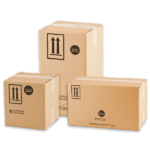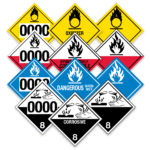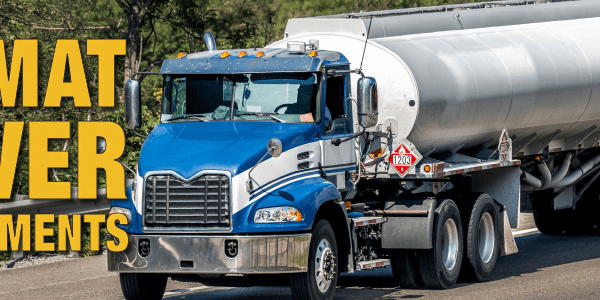It is vital to ensure dangerous good products are properly classified, packaged, labeled, and documented prior to departure. There is a lot of emphases placed on the responsibilities of the shippers and carriers of dangerous goods, especially considering that they are the first step on the journey. The carriers are the second point of contact during the hazardous goods journey, and they must verify the work of the consigner. The last point of contact is with the consignee, where their role is to ensure and double-check that everything has been done in the transportation life cycle of the dangerous goods. In the regulations, the consignee has the least amount of responsibilities mainly because the consignor and carrier should have done their due diligence.
Here are a few tips for anyone that receives dangerous goods to ensure proper compliance and to bolster the level of vigilance in the transportation lifecycle of hazardous materials:
- Verify the condition of the packaging upon arrival. Ensure that the packaging is in good condition without leaks or serious damage. This product may be sitting on your shelves for a while, and if the packaging has been compromised in any way, this could lead to catastrophic dangerous goods incidents in your workplace. There could be a serious financial cost from workers contamination, fire, or environmental contamination.
- Verify appropriate labeling. Ensure that correct labeling has been applied, has not been damaged or destroyed during transportation, and is correct for the jurisdiction it is delivered in.
- Verify proper segregation during storage. There is much to be said about the segregation of dangerous goods during transportation, but it is key to remember this for storage as well. It is vital to ensure dangerous goods are stored correctly in the case of leaking and having dangerous goods interact negatively together.
- Verify warehouse maximum allowable quantities. Keep track of current inventory to prevent the concern of not following the maximum capacity of a type of dangerous goods in your storage facility. Various building factors such as the fire suppression system, the quality of construction (includes fire separation and intrinsically safe electrical wiring), lighting, and ventilation play a huge role in the maximum capacity allowed.
- Verify your local fire and building fire codes. Check if your facility has been evaluated and rated to hold a certain amount. Ensure you keep within your limits that your facility has been rated to hold.
In many instances, during my years of conduct working in the world of dangerous goods, consignees will often offer to resell or reship the goods to others. This makes it incredibly vital to double-check the work and to not assume that what you received was correct when receiving the dangerous goods. It is always important to ensure due diligence in your workplace to prevent any catastrophic or legal issues with inspectors. If you require a warehouse audit, ICC the Compliance Centre is there to help. Contact us today at 877-756-3718 (U.S.) or 888-977-4834 (Canada).
Stay up to date and sign up for our newsletter!
We have all the products, services and training you need to ensure your staff is properly trained and informed.
 UN Packaging |
 Custom or Stock Labels |
 Forms |







 ICC USA
ICC USA ICC Canada
ICC Canada